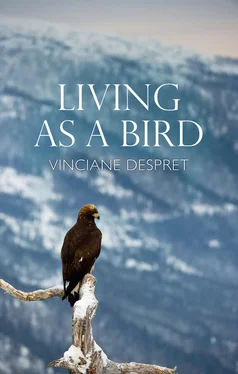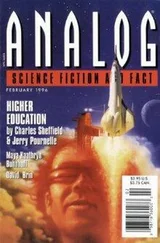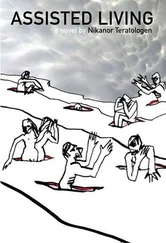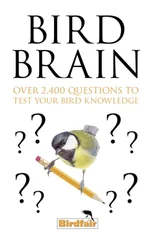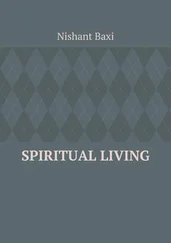Clearly many mammals have a very different ambition and therefore correspond closely to Jean-Christophe Bailly’s proposed definition of territory as a place where it is possible to hide, or, more precisely, a place where animals know where to hide. 23Songs and tracks or traces therefore already have only superficial similarities. It could be said that mammals are experts in the use of the metaphor in absentia – the tracks and traces suggest presence so that animals make their presence felt in their absence. For birds, on the other hand, having chosen the more literal choice of ‘Here I am’, everything is pretext for being seen and heard. One writer uses the term ‘broadcasting’ in reference to this process, a term which suggests dissemination, and this is clearly the case here, but one which also refers to advertising or promotion via the media (radio or television). 24If the term ‘broadcasting’ can be applied to both birds and mammals, it would nevertheless be used somewhat differently in each case. In the case of birds, the focus would be very much on the notion of ‘promotion’, of advertising, whereas for mammals who mark their territory, it would refer to the fact that not only are the transmitter and the message in different locations, but that the transmitter is able to leave multiple indications of presence by making sure every trace or mark left behind continues to broadcast its presence. The deferred power of ubiquity through messages.
Mammals need to resolve a problem which is much less difficult for birds, notably that of being present everywhere. Birds have the advantage of a much greater mobility and are capable of flying over their territory rapidly from one point to another, which is not the case for mammals, particularly since the latter seek to remain hidden. The problem of movement in space – the ability, or inability, to be everywhere at once – and that of needing to be seen or to remain hidden have been resolved in each case through a different relationship between presence and time. Birds, with their songs and displays, are in a regime of physical presence, whereas mammals, with their marking activities, have adopted a regime of historical presence. The tracks left behind by a mammal continue to be effective over a relatively long time (in relation to its actual presence at the site), with the animal seemingly present everywhere at the same time even though in fact any actual presence occurred some while previously. Droppings might in this context be seen as a kind of decoy, in that they create the effect of a presence in absence. But it is a decoy that fails to deceive anybody (though that does not affect its efficacy), since each message conveys an element of ‘watch out!’, or ‘be careful!’ And the message finds its mark. The traces or tracks left by the animal are therefore part of this process referred to as ‘stigmergy’, or ‘non-local rules of interaction’ through which the behaviour of certain animals can – whether in space or in time – affect the behaviours of others at a distance – just as ants leave behind them the pheromones which will alter the route of those following on behind. It is a form of presence which creates certain modes of attention. Moreover, it is rather sad that Serres, who so appositely succeeded in using the argument of writing in its broadest sense to portray the traces and tracks left by animals as the astonishingly sophisticated mechanisms of writing, capable of conveying a wide range of qualities and messages, should fail to consider, or rather deliberately choose to forget, that the hunter is not the only one to read tracks, that animals do so constantly and undoubtedly read them much more often and more accurately than humans. Equally sad that he should also have reduced them to a single function: that of dirtying something in order to appropriate it.
There remains one further matter, to which I shall be returning later (since singing could be interpreted in a similar way): if the act of marking does indeed create the effects of presence in absentia, certain writers have suggested, notably with reference to the mountain goat or to certain animals in captivity, that marking also represents an extension of the animal’s body in space. 25In this context, the term ‘appropriation’ takes on another meaning, since here it is a matter of transforming the chosen space not so much into something the animal ‘owns’, something which belongs to it, as into the animal ‘itself’. The distinction between ‘self’ and ‘non-self’ is even less clearly defined, in that many mammals not only mark locations and objects, but they also mark their own bodies with their own secretions, transferring these onto different parts of the body. More astonishing still, many of them also steep themselves in the smell of objects found within the area of the territory – soil, grass, rotting carcasses, tree bark. The animal then becomes appropriated both by and into the space which it appropriates as its own by marking it, thus creating a physical bond with that place which renders the ‘self’ and the ‘non-self’ indistinguishable.
It is clear that what we are looking at here is something much more complicated than the simple regime of appropriation described by Serres, and if I were to continue the list of such differences, interspersed with a few partial resemblances, it would be almost endless. But what I am trying to emphasize here is the fact that, when it comes to territories and what we can learn from them, there is no such thing as an ‘all-purpose’ approach that can be applied to every situation. Moving from one territory to another – whether it be that of a particular animal which is the focus of researchers’ interest or that of scientific methods – cannot be undertaken just like that, without due precautions, without paying attention to the incredible diversity of modes of being which territories have helped to create. And this is also why I am keen to stress that certain ornithologists – not all of them, certainly, and we shall be returning to this later – very quickly understood that territories could not easily be encompassed by one general theory. In 1956, moreover, in his introduction to a special edition of the journal Ibis which was dedicated to territories, the British zoologist Robert Hinde wrote that ‘the diversity of nature can never fit into a system of compartments and categories.’ 26Categories, he added, are only there to help us in our discussions. They are all the more questionable given that, within the same species, in the course of the same period of time, we can find very different practices, simultaneously or in sequence, and, in other species, we might observe practices which vary according to age, sex, habitat or population density.
All this is no coincidence. From the very beginning, ornithologists were brought face to face with the diversity of species and very quickly developed a comparative approach which rendered them attentive to the plurality of different organizational structures. 27Comparative approaches require, and encourage, a genuine culture of tact, a heightened attention to differences and to specificities, and a concern for what matters. It is a culture that many of them – not all, but those who turn out to be the most interesting – have learned to respect.
But it is, moreover, equally possible that something is happening in relation to territorial behaviour, a behaviour which, as I pointed out, left researchers astonished and moved. Very often birds demonstrate such vitality, such power of determination, such an outpouring of energy, in fact seem so utterly ‘possessed’ by what they are in the process of defending, that it would not be unreasonable to assert that researchers have themselves been touched by the sense of something which was truly important ! And that this importance mattered.
Читать дальше
